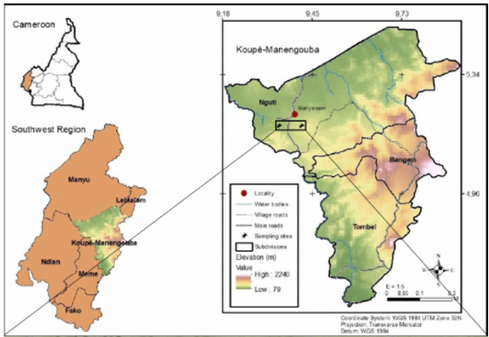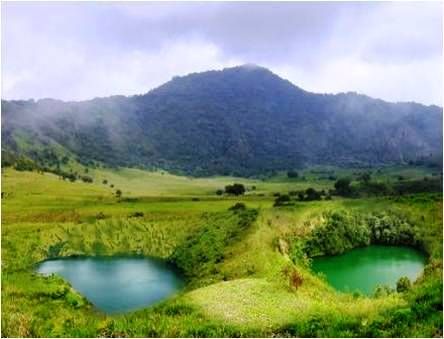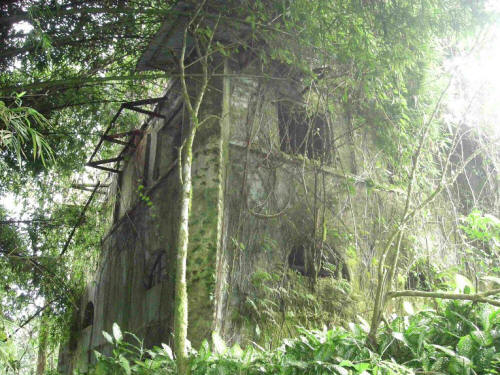ANVIL’s work began in the Kupe Muaneguba Division of the Republic of Cameroon.Kupe Muaneguba, with population of about 130,000, is a region of tropical rainforest, 180km from the coastal city of Douala: refer to the map. Rainfall from May to October can be more than 2 metres. Parts of KM are mountainous and other parts low-lying.

It is one of the most bio-diverse regions of the planet (see the mist of Mwaneguba): over 200 species were recently discovered on and around Mount Kupe (peak altitude almost 2000m).
In this region, the majority of the population live below the poverty level, $1 (US) per day: yet the local volcanic soil type is amongst the most productive in Africa.


Our village survey was in two tribal areas, the Bakossi and the Bassossi. The tribal areas are divided into clans which are largely defined by village territory and each village has a group of leading families. Family representatives constitute the various village and clan councils. Map 2 shows an area with villages of the Muasundem and the Muambong clans (to the north of Mount Kupe).
The terrain, being maintain rainforest, is difficult. Villages can be cut off from markets in the rainy season (May to September). The poor state of tracks from farm to external markets makes for poor return on the labour involved. There are no tarmac roads in Kupe Muaneguba. Most are laterite surfaced.
